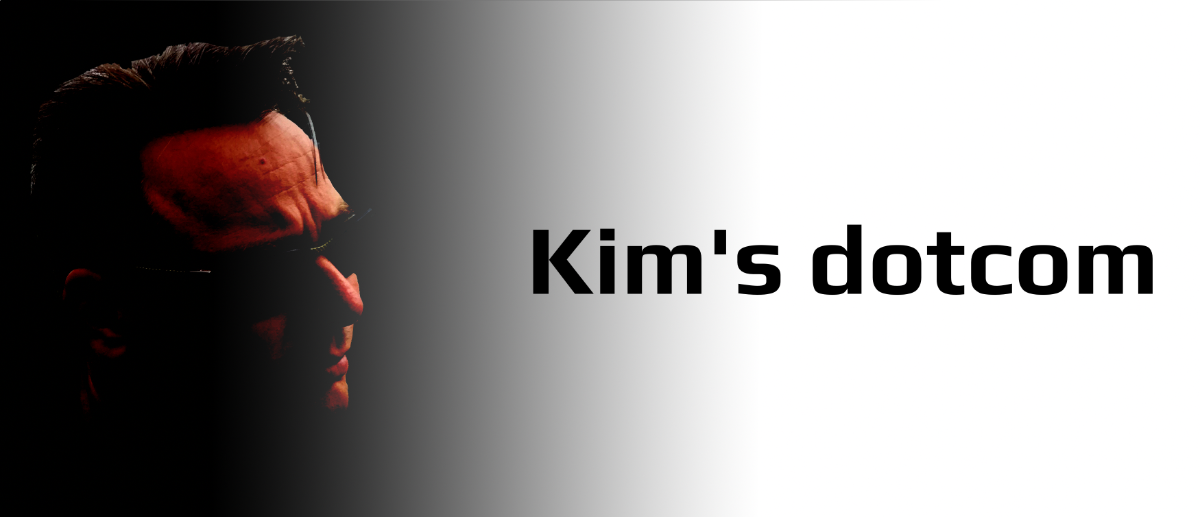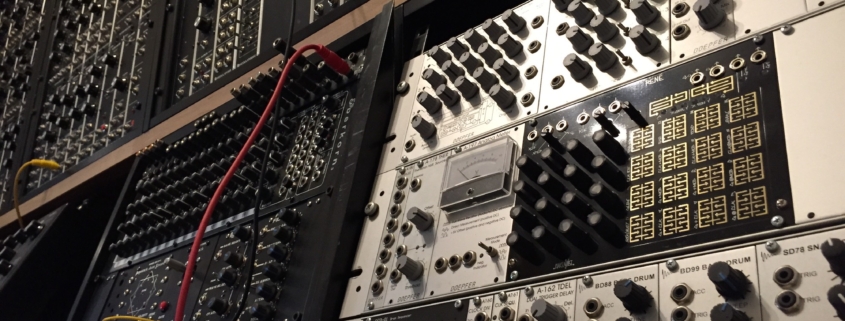Once I had properly settled in, it was time to arrange some hardware. I built a ceiling-high and wall-wide monster out of my Muurame modular bookshelf and filled it with everything rackmountable. It was a sight to behold. Every single person who entered the room had something to say about it. Also, if one kept jumping just ever so lightly on the floor in front of it, it would make quite a dangerous-feeling wavelike movement. I don’t think it actually could have tipped over, though, as it was so close to the ceiling. Given its size, it was pretty stationary, but everything else I moved around the room several times during this period, depending on locations of stacks of floorboards and such.
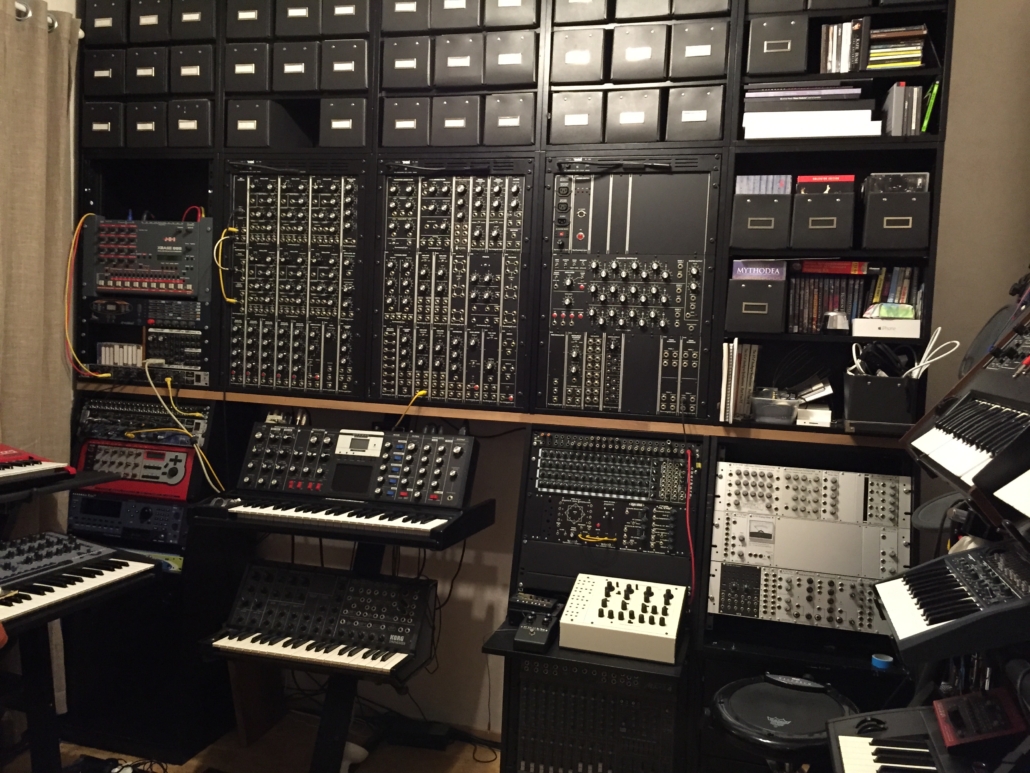
I was now seriously into analog sequencing and modular synthesis. It was so much fun, and had literally endless possibilities. I could patch all night long just for the fun of it. Did get something recorded occasionally as well. There were quite interesting analog sequencers available, and I envisioned having an entire rack of just analog sequencers. All those blinking lights were so soothing…
Most of my acquisitions during this period would fit into either of two categories: anything that could be patched into the modular, and then everything else. Korg were releasing a bunch of small devices, so I just had to try those out. Korg would follow up and put out quite interesting products during the following years.

I constantly thought I had too few synths. Stuff I bought during these years were the wonderful Nord Modular G2 (I got the last one in Europe!), Nord Drum + pads, Oberheim SEM Patch Panel, loads of Euro- and Dotcom-compatible modules, Arturia Minibrute, Oberkorn analog sequencer, Korg Wavedrum, Waldorf Blofeld, Korg Monotribe, Korg Volca Sampler and the MonoEvolver Keys. Insane, really.
To be fair, I also sold some stuff, like the JD-800. Didn’t really use it at all, so it just had to go.
I also expanded beyond electronics and got an electric violin, as I was making a cover of Ultravox’ Mr X. You can’t do a Mr X cover without a violin.
Again I ran out of audio ports. I got myself another RME FireFace 800 plus one additional Behringer ADA8000. With what I already had, that’s a shitload of audio channels. Interestingly, when I was shopping for another audio interface I tried the cheaper ones first, as the FF800 was far from cheap, but Windows couldn’t handle multiple audio interfaces! You could just have one ASIO device at a time. Uhhhhh…. The only reason I could have two FF800’s was that they themselves could be chained together, and their driver could handle the situation.
Also, my trusted 8×8 MIDI interface broke down, and I had to get 2 new interfaces to cover everything. Things sure were simpler before.
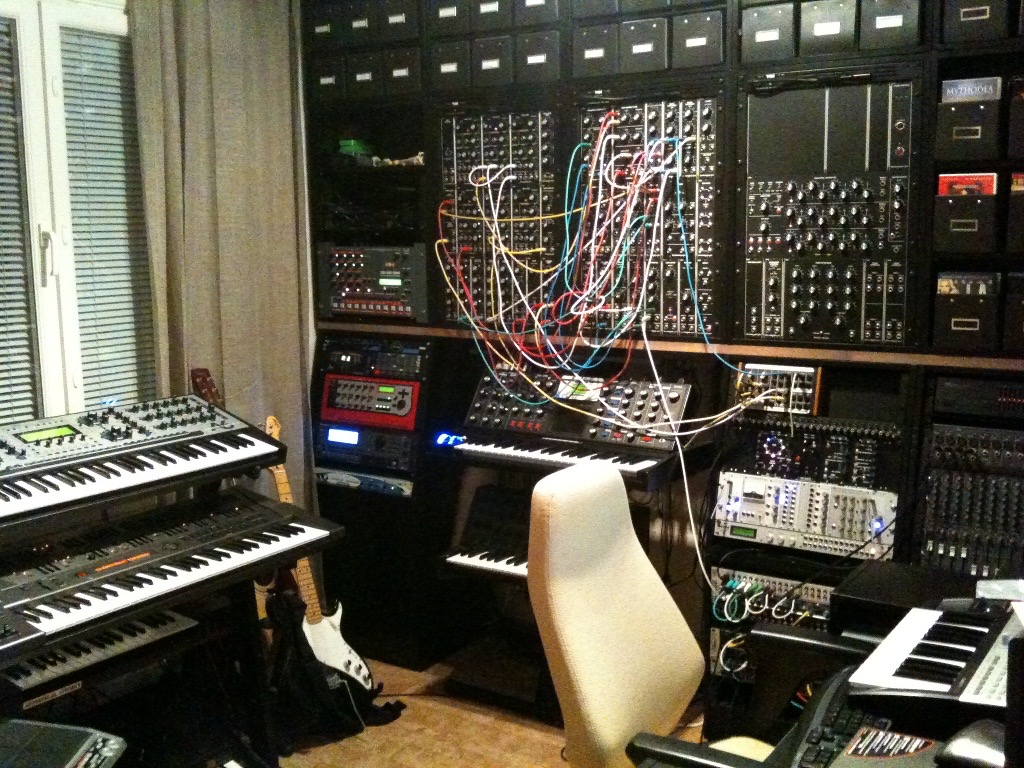
‘Ghetti 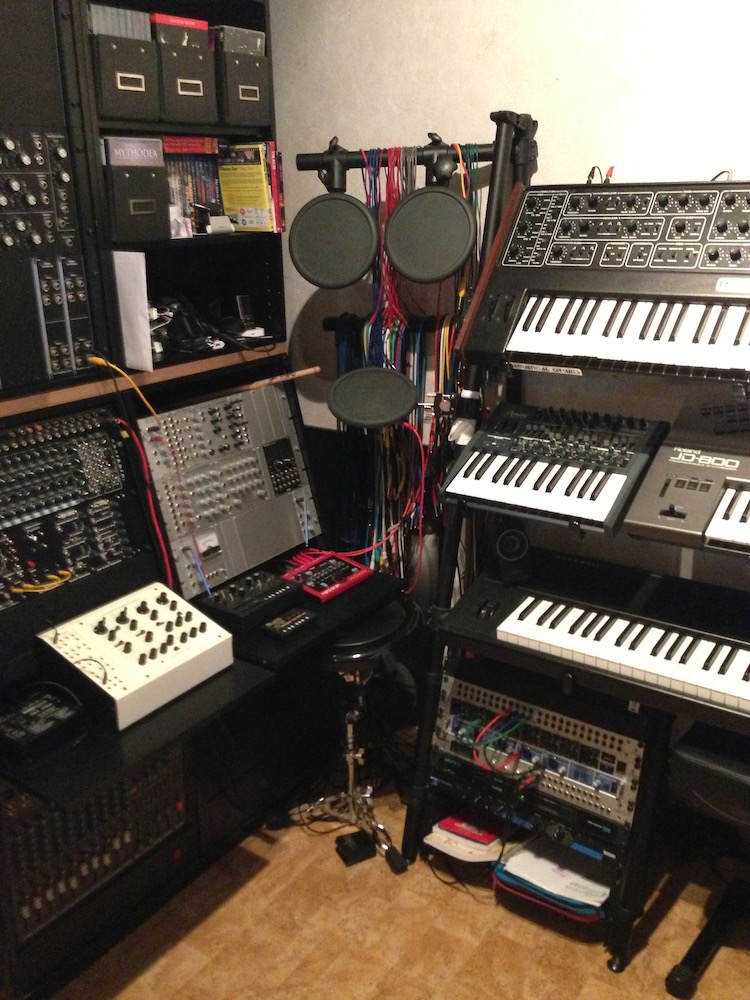
A Corner 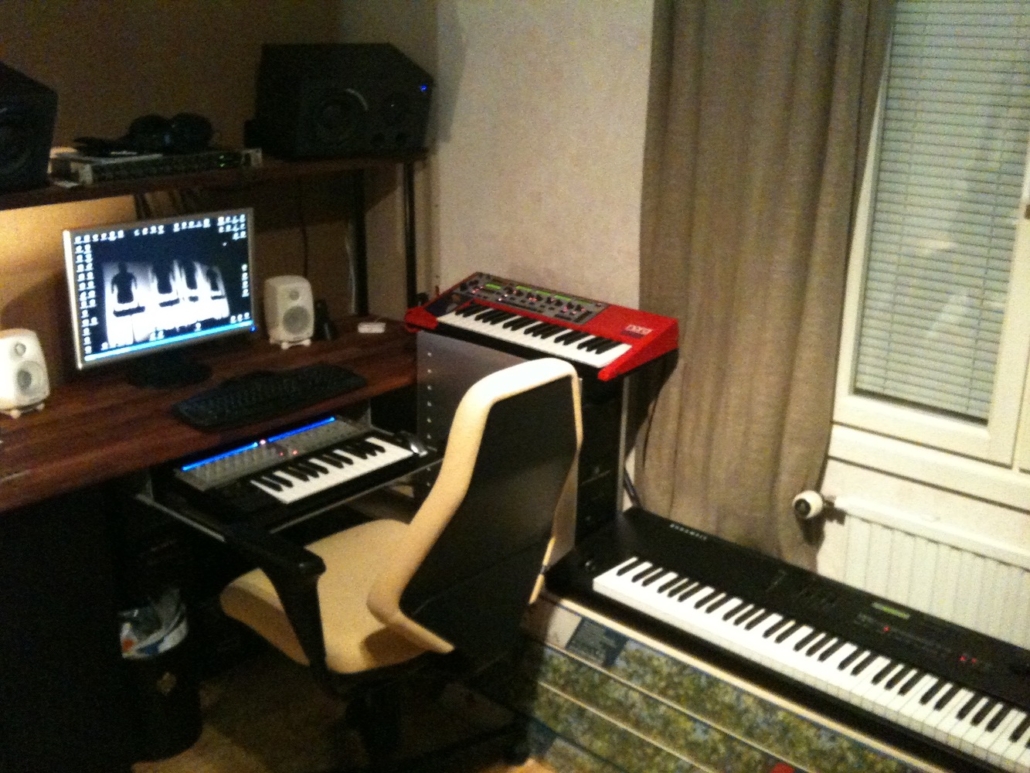
Another Corner 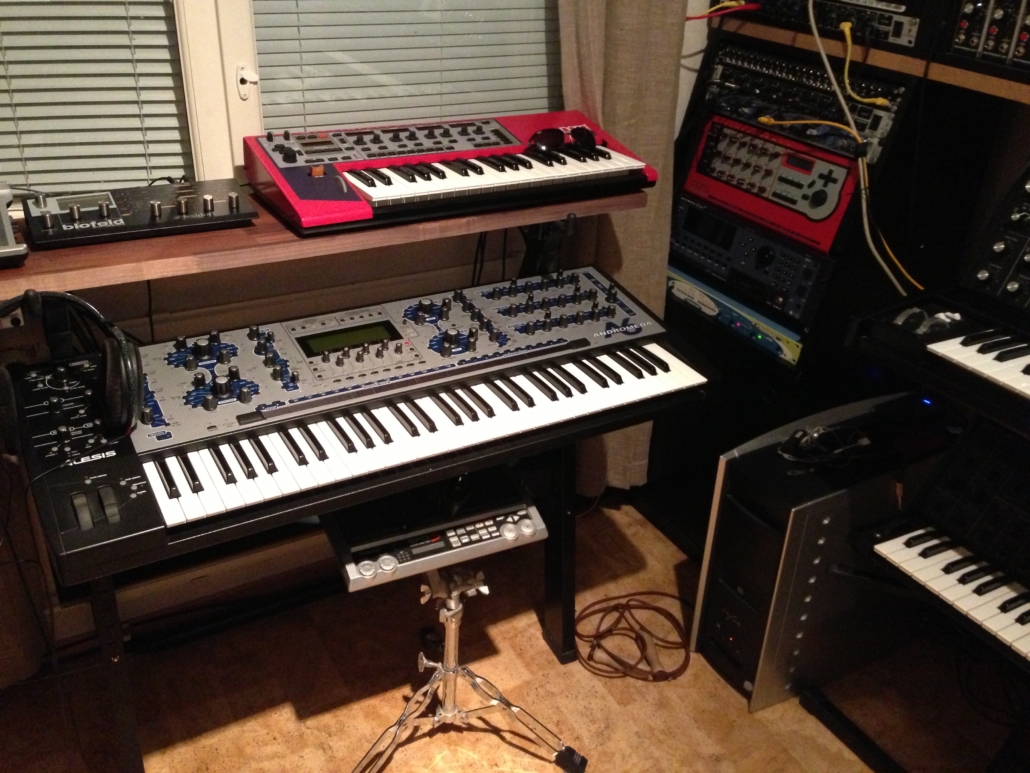
Yet Another Corner, although the same as previously, but at a different time…
